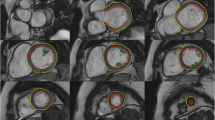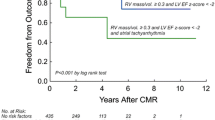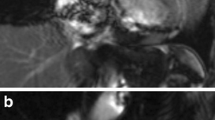Abstract.
Magnetic resonance imaging (MRI) is a powerful diagnostic technique and research tool for assessment of congenital heart disease due to its ability to accurately assess anatomy, function, and flow in any orientation in the thorax. However, little data exist on normative reference values for cardiac structures, except in small study populations, and even fewer data exist for pediatric populations. In this review, MRI acquisition and analysis methods for assessment of aortic size, pulmonary artery size, and right and left ventricular function, volume, and mass are presented along with reference data obtained in pediatric populations by MRI. Where MRI data are not available, reference data obtained by echocardiography or angiography are included.
Similar content being viewed by others
Author information
Authors and Affiliations
Rights and permissions
About this article
Cite this article
Lorenz, C. The Range of Normal Values of Cardiovascular Structures in Infants, Children, and Adolescents Measured by Magnetic Resonance Imaging. Pediatr Cardiol 21, 37–46 (2000). https://doi.org/10.1007/s002469910006
Published:
Issue Date:
DOI: https://doi.org/10.1007/s002469910006




